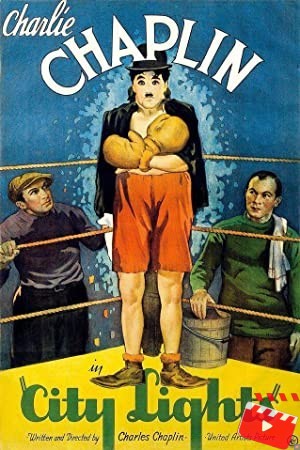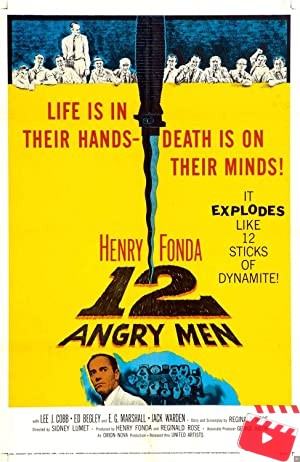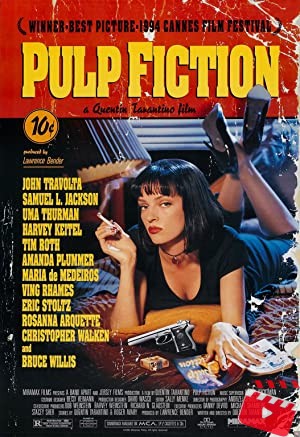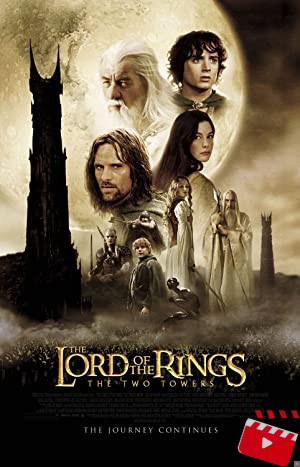
If you’re looking for a timeless classic that will tug at your heartstrings and make you feel good, then City Lights (1931) is definitely the movie for you.
From start to finish, this film directed by the legendary Charlie Chaplin is a masterclass in storytelling and visual comedy. The story follows Chaplin’s iconic character, the Tramp, as he falls in love with a blind flower girl (Virginia Cherrill) and does everything in his power to help her regain her sight.
What makes this movie truly special is how Chaplin manages to blend comedy and drama seamlessly, creating a poignant and unforgettable viewing experience. The physical gags and slapstick humor are still hilarious today, but it’s the tender moments between the Tramp and the flower girl that really make this film stand out.
The ending is also one of the most memorable in cinematic history, with a final shot that will leave you with a smile on your face and a tear in your eye.
City Lights is a film that deserves to be seen by everyone, regardless of whether or not you’re a fan of silent movies. It’s a timeless masterpiece that will stay with you long after the credits roll.
Lesson about City Lights
One lesson we can take from the movie City Lights 1931 is that love and compassion can transcend social and economic status.
The Best of City Lights
- 1) One of the strengths of City Lights (1931) is its timeless love story. The film’s depiction of the Tramp’s (Charlie Chaplin) attempts to win over a blind flower girl (Virginia Cherrill) and help her family highlights the power of love and selflessness.
- 2) The film’s blend of comedy and tragedy is another strong point. Chaplin’s physical comedy and the poignant story of the flower girl’s struggle make for a sophisticated emotional experience that remains engaging today.
- 3) City Lights was groundbreaking in its use of music, particularly the use of a full orchestral score by Chaplin himself. This element of the film greatly enhances the emotional depth of the story and is a testament to Chaplin’s creativity and talent as a filmmaker.
Week points of City Lights
- 1. Plot pacing: Some viewers may find the pacing of the film to be slow and uneventful, particularly in the early stages of the story.
- 2. Depiction of gender roles: The film’s portrayal of gender roles may be considered out of touch and problematic by contemporary audiences. The female characters are mostly limited to being love interests or objects of desire, with little agency or personal development.
- 3. Racial diversity: The movie does not feature much racial diversity in its cast, and the few non-white characters who do appear are portrayed in stereotypical or minor roles. This lack of representation and inclusivity may strike a jarring note with modern audiences.
Technical details of City Lights
| Title | City Lights |
|---|---|
| Year | 1931 |
| Rated | G |
| Released | 07 Mar 1931 |
| Runtime | 87 min |
| Genre | Comedy, Drama, Romance |
| Director | Charles Chaplin |
| Writer | Charles Chaplin, Harry Carr, Harry Crocker |
| Actors | Charles Chaplin, Virginia Cherrill, Florence Lee |
| Plot | A tramp falls in love with a beautiful blind girl. Her family is in financial trouble. The tramp's on-and-off friendship with a wealthy man allows him to be the girl's benefactor and suitor. |
| Country | United States |
| Awards | 4 wins & 1 nomination |










